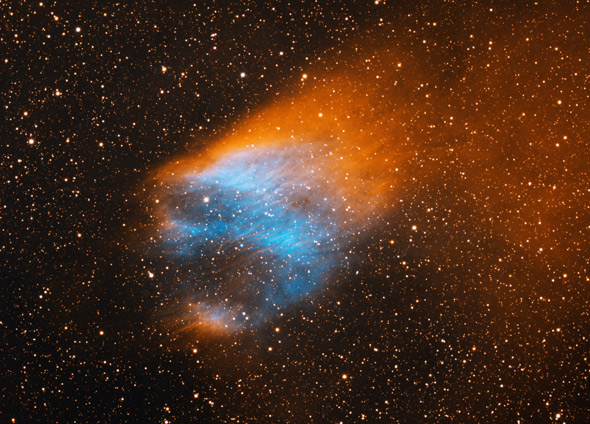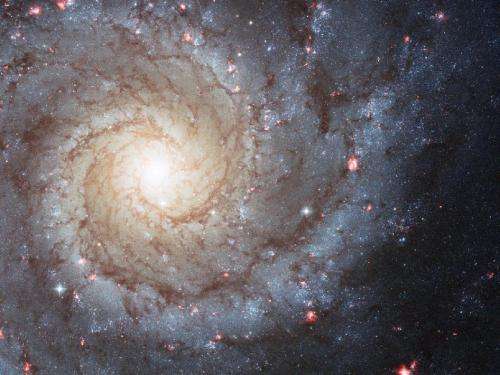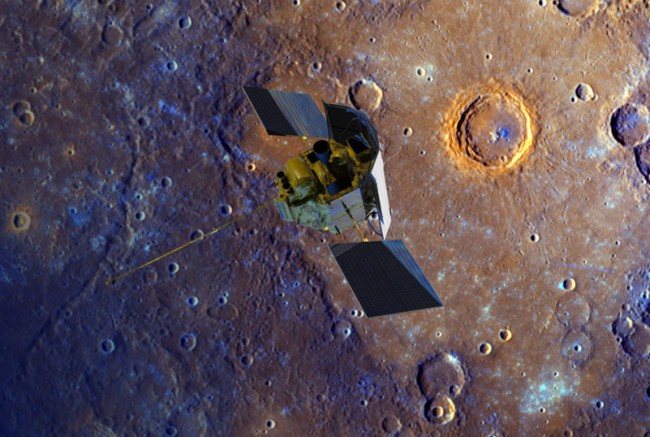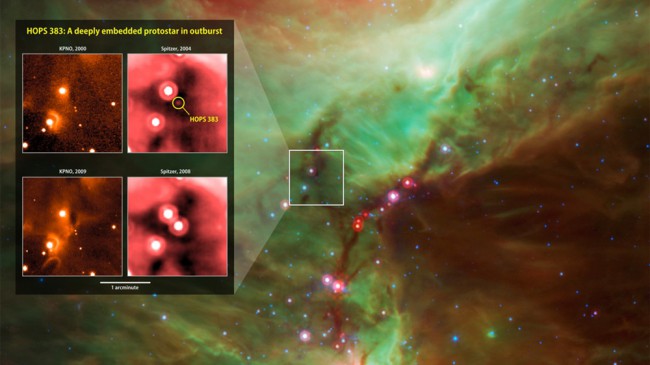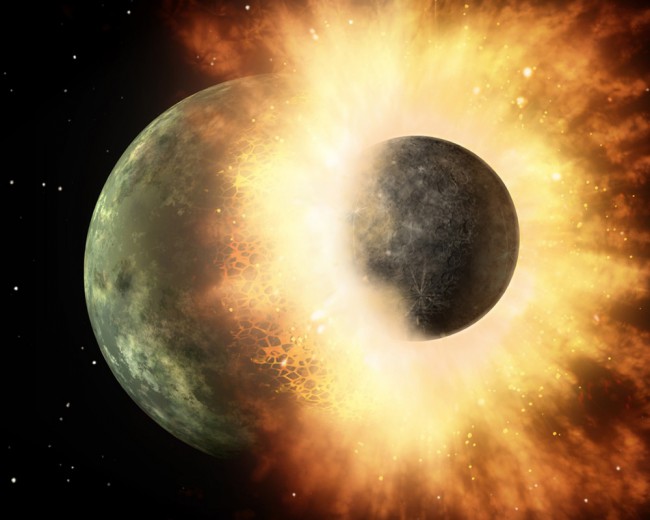Crash Course Astronomy: White Dwarfs and Planetary Nebulae
One of my favorite planetary nebulae in the sky, Sh2-68, aka The Flaming Skull Nebula. Photo by T.A. Rector (University of Alaska Anchorage) and H. Schweiker (WIYN and NOAO/AURA/NSF) I’ll be honest: Every episode of Crash Course Astronomy has been fun to write, edit, and shoot. They all really have. But the past few episodes, …
Crash Course Astronomy: White Dwarfs and Planetary Nebulae Read More »

